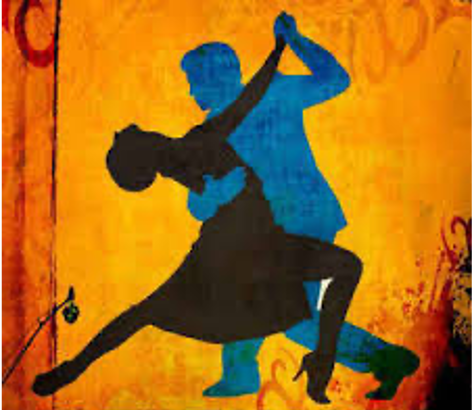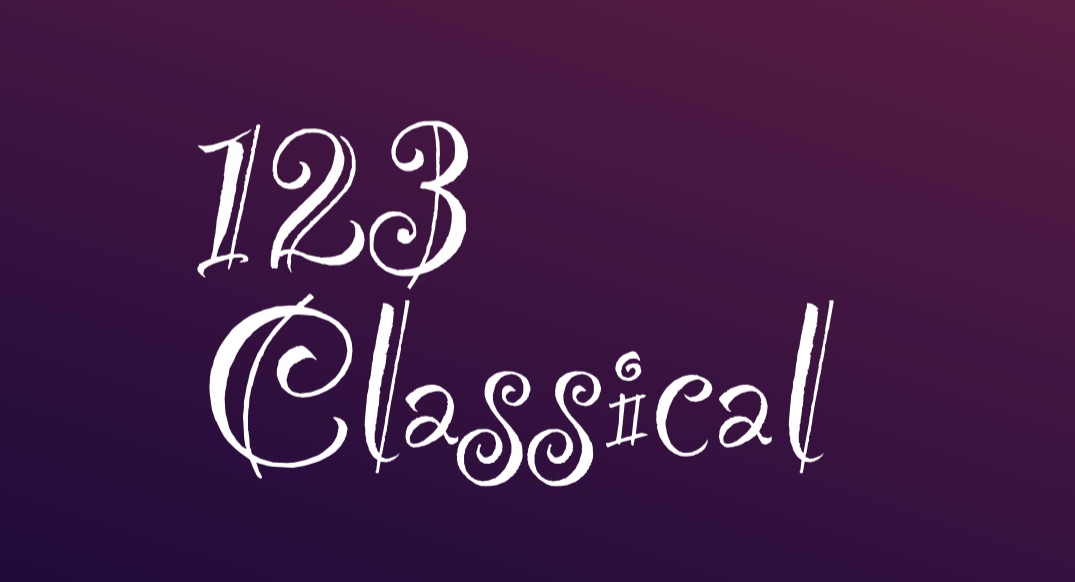

Music gives another dimension to the movies and the theater plays by complementing them and enhancing their impact on the audience. This benefit works the other way around as well, with the music becoming more enriched and meaningful by the visuals and the plot of the movie or play. Some classical pieces by contemporary composers, such as ‘Cinema Paradiso’ by Ennio Morricone, ‘The Gladiator’ by Hans Zimmer, ‘Shindler’s List’ and ‘Star Wars’ by John Williams have been haunting our minds since we first watched the movie and will be staying with us for many more years to come. The stories and plots are enlivening the music, making it more powerful to the audience. Sometimes the music is even overshadowing the movie, as is the case of the piece ‘Gabriel’s Oboe’ in the movie ‘The Mission’. Non-contemporary classical music has also played an essential role in the film industry and thus earned a lot more of distinction. For example, Shostakovich’s ‘Jazz suite no 1’ has given another dimension to the movie ‘Eyes Wide Shut’. But also in older years, classical music was a major part of the theater, such as Edvard Grieg’s ‘Peer Gynt’, the incidental music of one of the most widely performed Norwegian plays of the same title. The following classical music pieces bring the movies and plays to our ears and hearts.
"The hours"
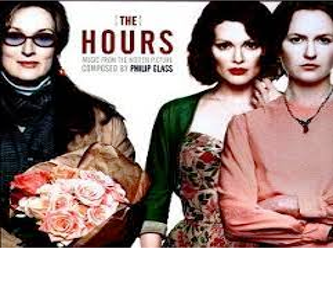
"Schindler's list"
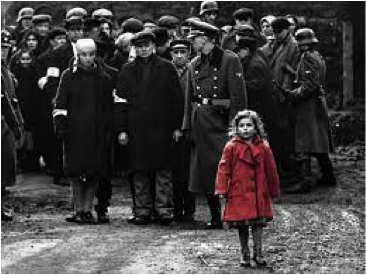
"Jazz suite No 1"
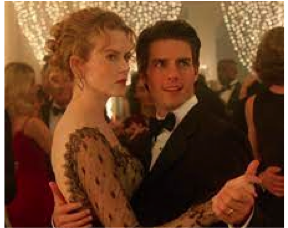
"Gabriel's oboe" from "The mission"
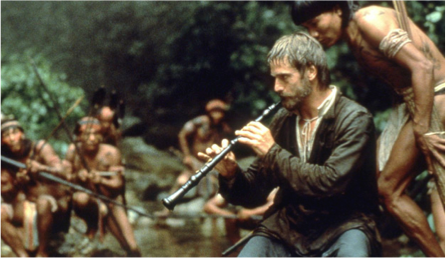
"Sounds of hope"
(Nocturne in C Sharp Minor)
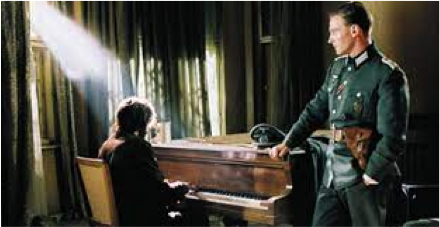
"Sarabande"
(Movement 4)
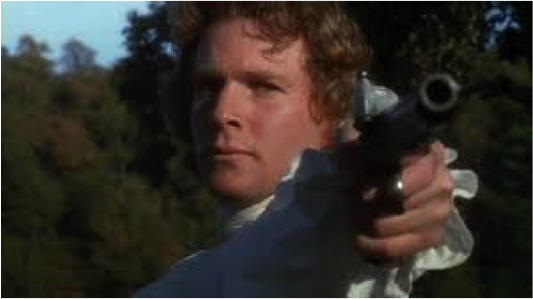
"Cinema paradiso"
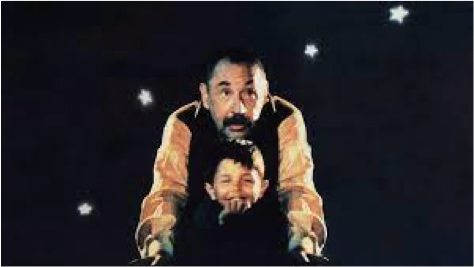
"Elvira Madigan"
(Piano Concerto No 21 /Movements 1 & 2)
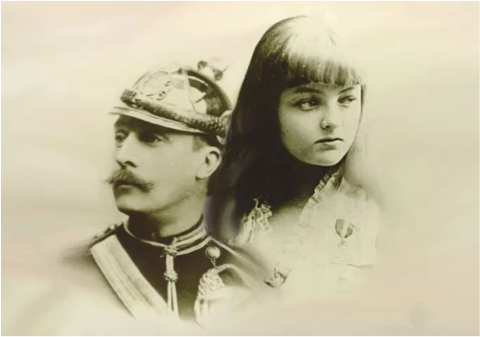
"Valse triste"
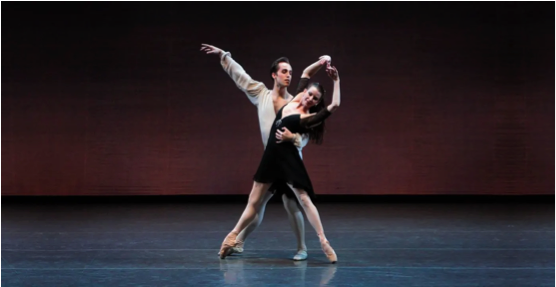
"Star wars"
(Main Theme)
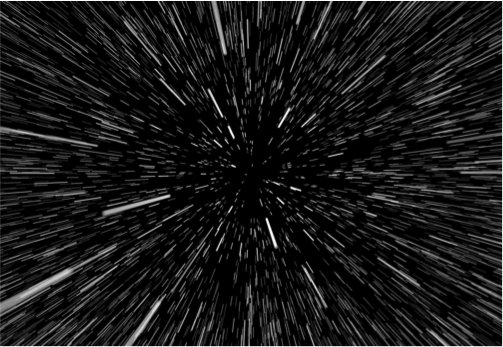
"The gladiator"
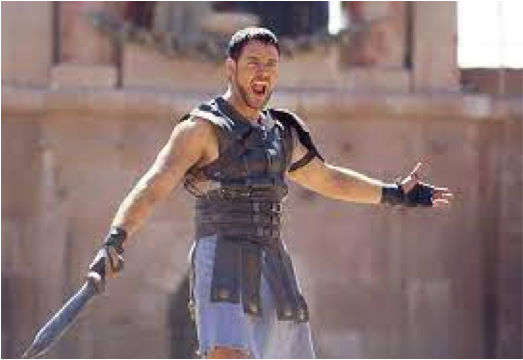
"Peer Gynt"
(Suite No 1)
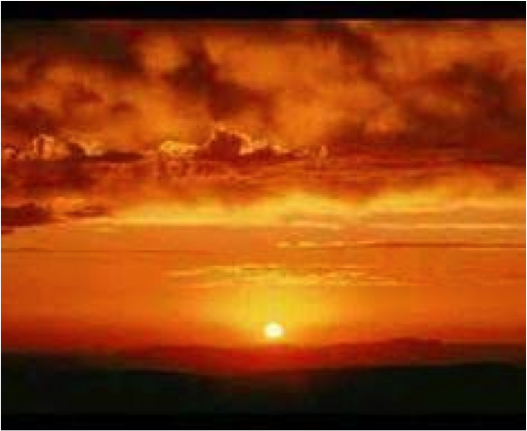
"Libertango"
